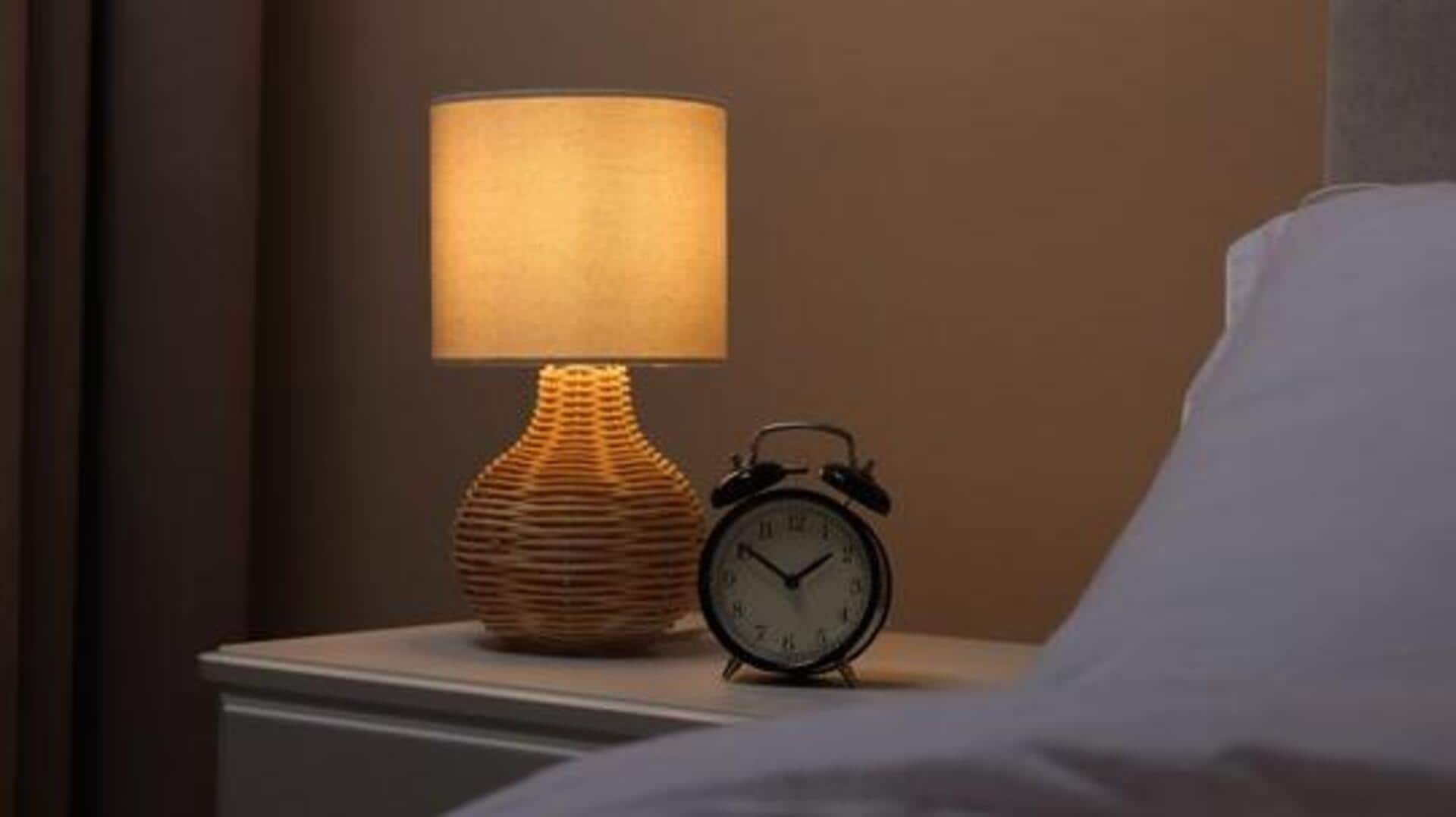Hidden Bedding Dangers
Most people underestimate the invisible activity happening on their bedsheets every night. While visible stains might trigger a sheet change, many other
harmful elements are constantly accumulating. Your body sheds dead skin cells at a rapid rate, which then become food for dust mites, microscopic creatures that thrive in bedding. These mites, along with sweat, body oils, and environmental allergens like dust and pollen, create an environment that can trigger allergies, asthma, and skin irritations. Furthermore, bacteria and fungi can colonize bedding, potentially leading to infections. Regular bedsheet changes are therefore not just about aesthetics but also about preventing the proliferation of these unhealthy elements and protecting your overall well-being.
Optimal Change Frequency
Experts suggest a general guideline for how often you should change your bedsheets. Ideally, bedsheets should be changed at least once a week. For those who sleep with pets, sweat excessively, or have allergies, more frequent changes may be necessary, perhaps every three to four days. This frequency helps to minimize the build-up of allergens and prevent the growth of microorganisms. The optimal frequency is also influenced by lifestyle and environmental factors, and personal preference is important. By sticking to a regular schedule, you can significantly reduce the potential for health issues, creating a cleaner and more hygienic sleeping environment. Make a habit of keeping your bed clean.
Beyond Weekly Changes
While changing sheets is essential, additional steps can enhance the health and hygiene of your sleeping space. Regular washing of blankets, comforters, and pillowcases can also help minimize the accumulation of dust mites and other allergens. Consider using hypoallergenic bedding materials to reduce the impact of allergens. Furthermore, frequently vacuuming your mattress can eliminate dust mites and other particles that may have penetrated the sheet barrier. Proper ventilation in your bedroom also plays a role in maintaining a healthy environment. By keeping the space well-ventilated, you minimize moisture that might lead to the growth of mold and mildew. These combined practices will contribute to a more restful and healthy sleep experience, as well as to enhanced hygiene.








